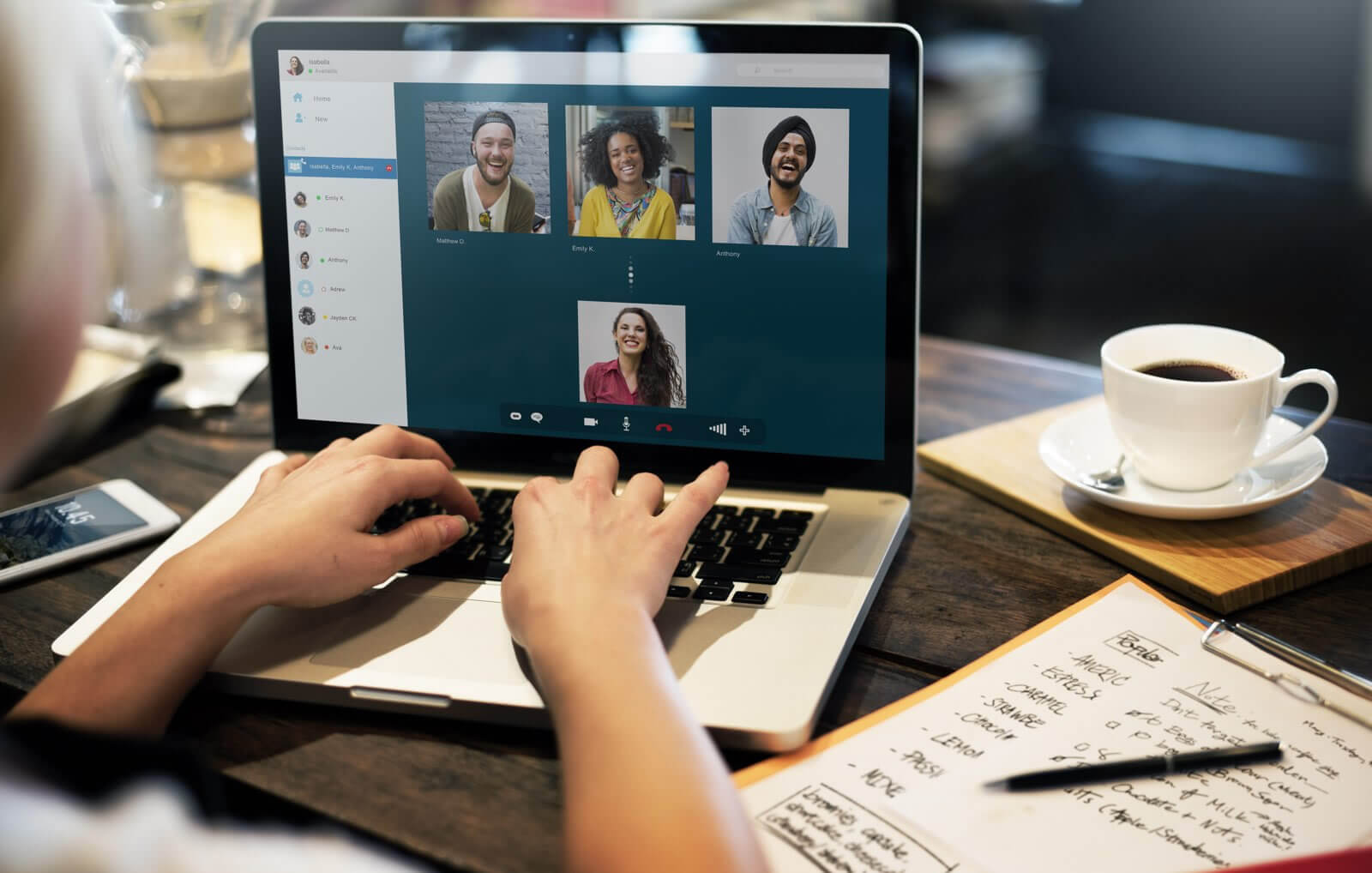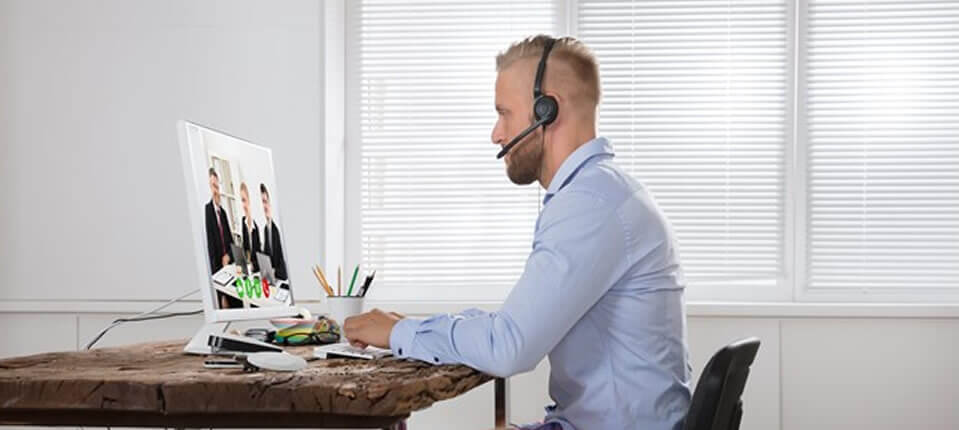Video conferencing is the Coronavirus era’s next best thing to being there. But we all want to look our best, even during a pandemic. These 10 tips will ensure you can join that video Conference with confidence.

Before many of us began sheltering in place at home, we used videoconferencing at least occasionally for meetings with colleagues or customers. During the pandemic, videoconferencing has become a way of life, because you’ll want it for the human connection. And you’re going to want to look and sound your best.
How do you do that? It’s actually not difficult — all it takes to project a professional appearance is a little preparation and some common sense. Whether you’re having a one-to-one discussion or a one-to-many conference, here are a few tips and tricks that will put you at your ease when you’re on-camera.
Check your lighting.
One of the most important things to get right is the lighting. The placement of the light source is key, you don’t want light behind you.

The best place to put your lighting is in front of you so your face can be seen clearly.
What if you’re in an office with overhead lighting? If it’s full, even lighting, you’re good to go. But if the lighting overhead casts harsh shadows, shut it off if you can and use other lighting instead.
Check your audio.
In a video meeting, you don’t just want to be seen; you want to be heard clearly as well. If you’re in a quiet room, you can probably use the microphone on your laptop. Otherwise, it’s a good idea to use a microphone that’s closer to your face. A decent pair of earbuds or headphones that are equipped with a mic should work fine, especially if they enable you to talk at a normal, conversational level.
Best headsets for your conferencing calls
- Not too close and not too far.

Remember, you are the focus of the conversation — the people on the other end want to see you clearly so they feel that they are talking directly to you. Position yourself so that you can be seen from the shoulders to the head, or from the waist to the head. Anything closer may be overwhelming; anything further might make your face too hard to see.
- Keep your camera at eye level.
Just in terms of communication, especially in business, you want eye-to-eye kind of connection. Thus, it is important that your webcam be at eye level.
You can have a separate camera or you can raise the laptop — perhaps put it on a stand. If you’re using a separate camera, it should be as close to your screen as possible.
One trick used by people who are often on-camera is to look at the camera when you’re talking. While that may seem counterintuitive — our instinct is to watch the computer screen — by looking at the camera, you will seem to be meeting the eyes of the person you’re talking to. But if that feels wrong, or makes you self-conscious, then simply positioning the screen and camera at eye level will be enough.
A good way to test your setup is to start up your video app and take a screenshot, you’ll get an idea of what the person is getting at the other end.
In need of a good camera for video conferencing? Click here to learn more
- Keep your environment simple.
Just try to keep it as clutter-free as possible. You don’t want it to be completely sterile, but you don’t want a pile of stuff on the desk either.
 You will agree that an uncomplicated background is best. If somebody is looking over your shoulder at family photos and wondering where you took your vacation last year, that may be distracting from the discussion.
You will agree that an uncomplicated background is best. If somebody is looking over your shoulder at family photos and wondering where you took your vacation last year, that may be distracting from the discussion.
- Don’t worry about makeup.
Yes, professional broadcasters wear makeup so that they look good under the bright lights, but that doesn’t apply to day-to-day video meetings. If you normally wear makeup, fine. Otherwise, don’t worry about it.
If you’re feeling a bit warm, or if you’re nervous, wipe your face with a soft cloth to reduce shine.
- Most clothing is fine.
There are a couple of things to stay away from, however. Avoid pinstripes and checks, which can create distracting moiré patterns on camera. Also, try not to wear bright white or deep black clothing, because many webcams have automatic exposure settings and will adjust to those colors. As a result, wearing a bright white shirt can “stop down” the focus of everything around it, making the image look darker and less clear, while a black shirt can make the surroundings too bright. Your best is to wear more neutral colors.
- Sit in a comfortable chair.
 Not too comfortable, because you don’t want to fall asleep, but comfortable enough so you can sit and communicate, and people don’t wonder what’s wrong because you’re fidgeting around.
Not too comfortable, because you don’t want to fall asleep, but comfortable enough so you can sit and communicate, and people don’t wonder what’s wrong because you’re fidgeting around.
- Be prepared.
If you’re new to video meetings, then practice first. Set up your lighting and audio, and once you’re happy with it, call a friend and find out how things look from the other end. It’s much better for a friend to complain about bad sound quality than that important client.
- Ready, set, go!
In the end, the main thing is to use your common sense. You know what looks bad and you can find ways to fix it? Then fix it. If you’re too dark, find a light to light yourself. If you can’t be heard, get a microphone. If you’re at a distance, move the camera closer.
But the most important thing when you’re on a video call, is to be yourself — that way, you’ll present the best view of yourself that you can.

